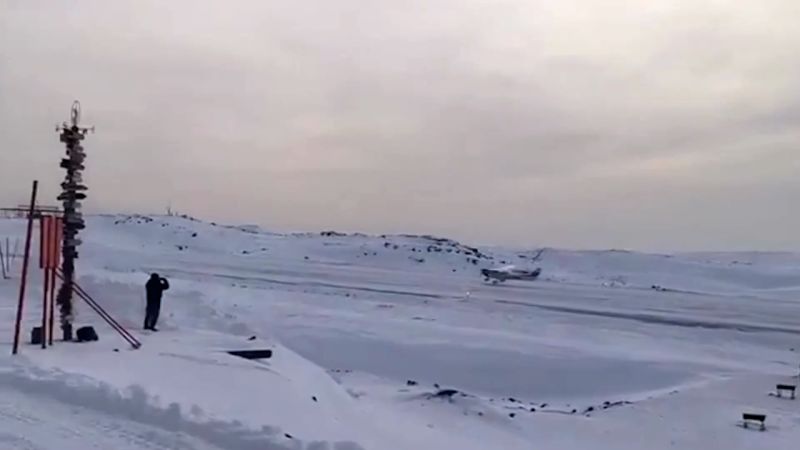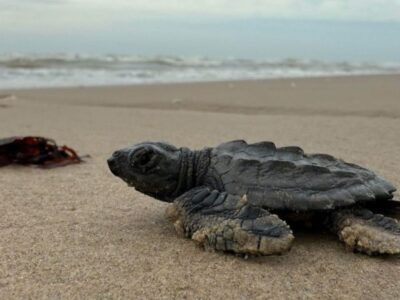
Some people will get very excited by the title of this post (before the parenthetical) but don’t for one minute think this adaptive behavior isn’t costly (Heating Waters Force Change in Industries That Depend on the Ocean):
In Maine, lobsters are heading north and some lobstermen are moving into kelp farming. …
Marine heatwaves are expected to become stronger and more frequent, according to a consensus of oceanographers and climate scientists.
One of the fastest-warming waters is the Gulf of Maine, forcing lobstermen to change tactics to save their businesses.
Summer surface temperatures between July and September in the gulf have risen four times the global ocean average since 1982. The entire region is warming more rapidly than 97% of the ocean’s surface because of overall climate warming and a shift in local currents, according to the Gulf of Maine Research Institute.
The warming is making life more unpredictable for the $388 million lobster fishing industry in Maine. The U.S. lobster catch has moved 162 miles northward and nearly 70 feet deeper over the past 50 years, according to the National Marine Fisheries Service, as the crustaceans seek refuge in colder water. The Maine lobster catch has fallen 26% since a record catch of 132 million pounds in 2016.
Some harvesters in the state are looking for new species, such as black sea bass, tuna or crabs.
Steve Train, a third-generation lobsterman in Casco Bay, Maine, has become a farmer. He started growing kelp–something still plentiful in the area–offshore of his property to earn money during spring months when lobstering is traditionally slow.
Train says kelp is no substitute for lobsters, still the most lucrative single-species commercial fishery in U.S. waters. But it can help as Maine’s coastal environment changes.
“The people who survive are going to have to be diversified so they can take the cream out of a few different fisheries and have a paycheck year round,” Train said as he pulled up a string of lobster traps onto his 32-foot boat Marcia, a few miles from the Portland wharf where he sells his catch. …
In Casco Bay, Steve Train has watched Maine’s lobster population shift north, driven by changes in bottom water temperatures and the supply of the tiny animals that are the main food of baby lobsters.
Over time, Train has been moving his traps to deeper water and said he has noticed a faster temperature increase in the past five years. “I started setting gear in June where I thought the lobsters would be in August or September,” he said. “Everything the lobsters do is by water temperature.”
Train and other lobster fishermen own licenses that are tied to specific fishing grounds. So there are limits on how far north or offshore they can set their traps.
Train, 56, says his kelp-farming venture isn’t as easy as he initially thought. “Between the moorings, the storms, the tide, and the stretch of the line, there’s a lot of maintenance,” Train said. “But now I have another month or two filled in for cash flow.”
He said he is figuring out the best direction to suspend ropes in the water that are embedded with kelp seeds to avoid tidal currents that could damage his harvest. The seeded ropes mature into an underwater forest. He expects to be profitable this year, while expanding from 4 acres to 10 acres.
Each spring, Train collects wide fronds of brownish-yellow kelp and sells them to Atlantic Sea Farms, a Biddeford, Maine-based company that processes seaweed into kelp burgers, smoothie cubes, and pet-food additives. It has signed up 30 lobster fishermen across Maine since it launched in 2018, and another 19 are in line for a state license, according to CEO Briana Warner.
“We’re building an entirely new market,” said Warner, who sold 30,000 pounds of kelp products last year to grocery and restaurant chains.
Train said lobstermen he has known for decades are beginning to consider a future that will reward adaptability as waters continue to warm. “Even the people that are in denial are a little concerned,” he said.
So, the lesson from this case study is that, yes, people will adapt to climate change but the net benefits of their new behavior is lower with the climate constraint than business as usual pre-climate change. Economists who promote adaptation as a magical fix are doing a disservice.
*****
And, inexplicably, in the middle of the article someone at the WSJ decided to question whether climate change is happening:
There are other possible explanations in addition to climate change and the El Niño/La Niña cycle. New pollution rules have cut airborne sulfur aerosol particles released by commercial ships over parts of the ocean, clearing the air and allowing more sunlight to reach the ocean surface. That in turn might be heating the water along some shipping routes, although the amount is in dispute, according to several recent estimates.
In January 2022, an underwater volcano near Tonga blasted 50 million tons of water vapor into the stratosphere. Some researchers believe that vapor might be acting as a planet-warming greenhouse gas and nudging up ocean temperatures. Both theories are still under investigation, and their overall impact is up for debate.








